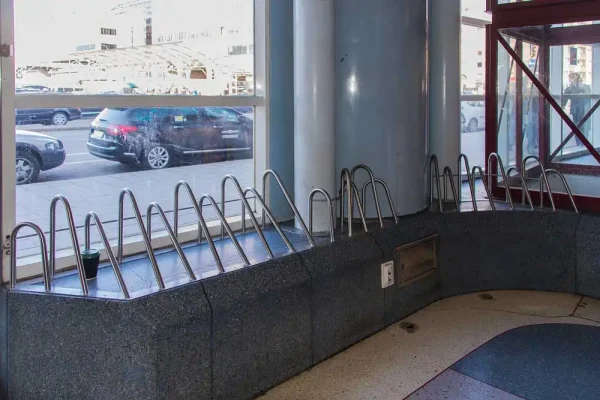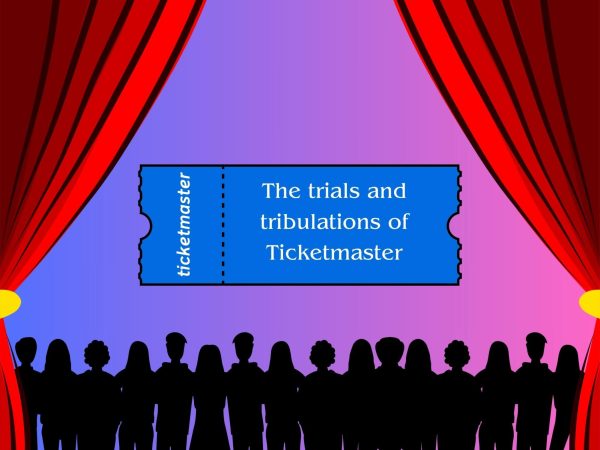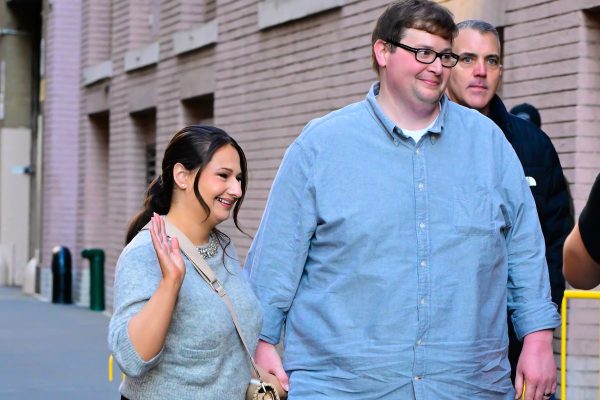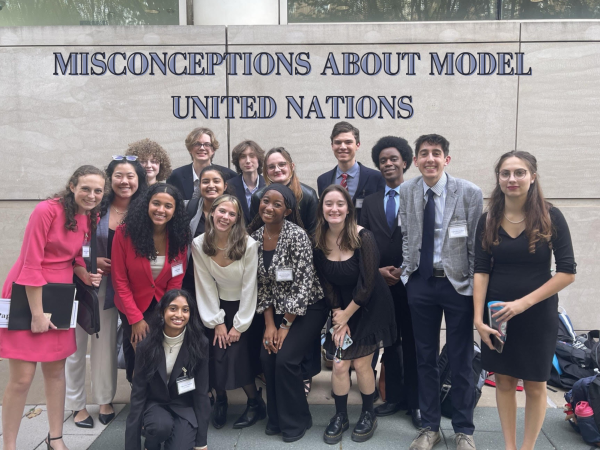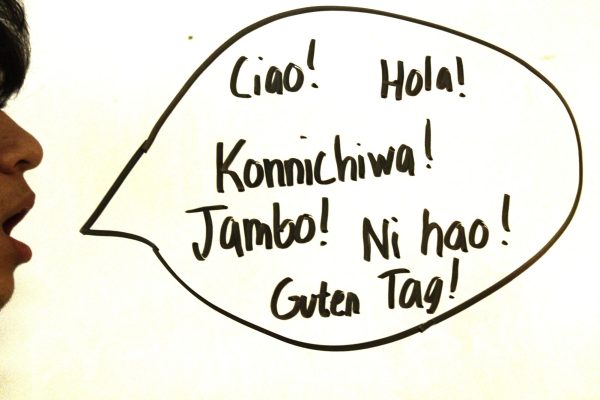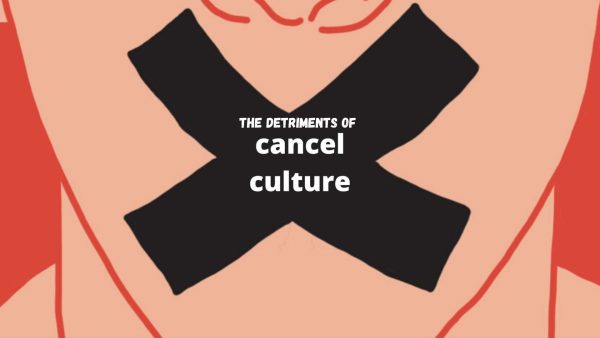DACA: The answer is amnesty
September 22, 2017
In 2014, the Obama Administration established the immigration policy entitled “The Deferred Action for Childhood Arrivals,” or more commonly referred to as DACA. DACA allows for undocumented immigrants brought to the U.S. as children to stay in the country.
Recently, the policy received a lot of attention from the media and the American public. Not because of its practicality, general acceptance from the public, or the positive image that it projects on America, but rather because of the executive order put forth by president Donald Trump on September 5th, effectively ending the policy.
The general reaction of the public to Trump’s newest action seems best summed up in Donald Trump’s own words; “How stupid are our leaders? How stupid are these politicians to allow this to happen? How stupid are they?”
During his presidential campaign in 2016, Donald Trump made his stance on DACA clear stating that he would repeal and replace the policy under his presidency.
The president criticized DACA in the past, calling it an “amnesty-first approach” to immigration issues. Amnesty, in the world of immigration, means that those in the country illegally can come forward, and instead of living in the constant fear of deportation, they can work towards becoming citizens or gaining temporary citizenship. DACA sets itself up as an “amnesty-first approach” answer to the question: How do you handle the children of illegal immigrants? The answer: DACA, the very policy Trump’s Administration currently wants to remove.
How else would they go about settling this issue? Sending immigration officers to collect children for deportation? Ripping families apart through forced deportation? The only approach to this issue: an “amnesty-first approach.”
Trump’s current plan starts by winding down DACA. No one will qualify to receive the coverage now, and those under the umbrella of DACA will lose their temporary citizenship and work permits on March 6, 2018. This, according to Pew Research Center, puts approximately 800,000 immigrants or DREAMers, which stands for the Development Relief and Education for Alien Minors or those covered by DACA, in a tough position.
For the past four years, DREAMers, mostly from Hispanic origins, grew up, attended school, abided by the laws, and lived with a certain peace of mind. Now, DREAMers could face their largest challenge yet: possibly facing deportation to a country they know little to nothing about. DREAMers grew up in the land of opportunity, where ideally, they could become whatever they put their minds too.
The U.S. should not receive recognition as the end-all and be-all of opportunity. Of course, other countries come with various opportunities and the chance for its citizens to make something of themselves. However, the sheer ease of opportunity in the U.S. and the other endless amounts of conveniences in the U.S. remain undeniable.
DREAMers grew up in the U.S. their whole lives. The U.S. invested in them through education, and in return, many of them became productive pseudo-citizens. DREAMers live in the U.S. as students, parents, neighbors; DREAMers matter, what happens to them matters. DACA cannot be repealed.
UPDATE: President Trump announced on Thursday, September 14th that he would work with Democrats to put forth a deal that protects the current 800,000 DREAMers in exchange for “massive border controls.” By “massive border controls,” Trump means his infamous border wall. Trump surprised everyone by compromising on the DACA issue, but if he tries to use his willingness to cooperate on DACA as a bargaining chip when pushing for the border wall, the one step forward just became three steps back.










